Arylating at every position on a thiophene ring has now been made easier with a modular synthetic strategy. The researchers hope this will offer new ways to synthesise novel thiophene-containing drugs and polymer materials.
Thiophenes are widely used motifs in drugs and many organic semiconductor materials, the latter due to thiophene’s conjugated system allowing for efficient charge transfer. The degree of arylation on the thiophene ring is thought to help aid both solubility of drugs and tune optoelectronic properties.
Strategies to functionalise the alpha positions of the ring are most common, while arylation at the beta position is currently difficult to achieve with simple synthetic strategies. Arylating such beta positions is becoming more desirable as it helps overcome the planarity of thiophene-containing molecules.
A team of researchers in Canada has now developed a modular method that can synthesise a variety of multi-arylated thiophene isomers. Starting from a simple thiophene containing an alpha ester group, the team used a combination of halogenation reactions and palladium couplings to sequentially arylate each position on the ring. At each arylation, different reaction pathways offered alternative routes to various di- and tri-substituted thiophene isomers, providing regioselectivity of arylation.
The team were able to eventually synthesise a non-symmetric tetra–arylated thiophene, reaching a yield of 52% over seven steps, with less than a total of 10 hours of reaction time. The researchers believe that the ester group in the alpha position is key to help direct coupling reactions to the difficult to arylate beta positions.
Spectroscopic analysis of the various arylated thiophene molecules revealed that arylating at the beta position has a limited effect on electronic properties, unless a strong electron–withdrawing group is used.
The researchers say that their strategy is easy to adopt and will allow for others to create unusual thiophene-containing molecules and polymers, with potentially unique optoelectronic properties.
References
C Messina et al, J. Org. Chem., 2025, DOI: 10.1021/acs.joc.5c01700



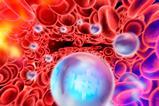



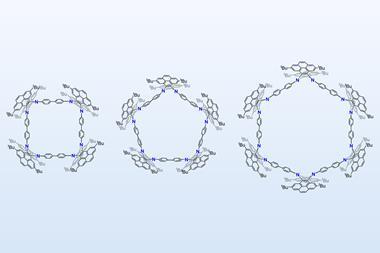



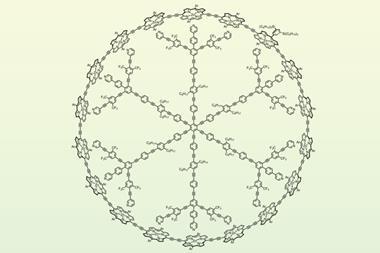

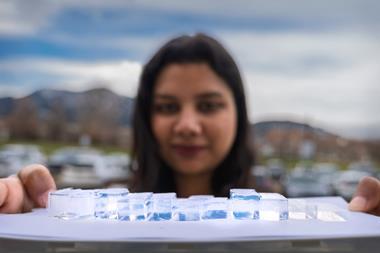

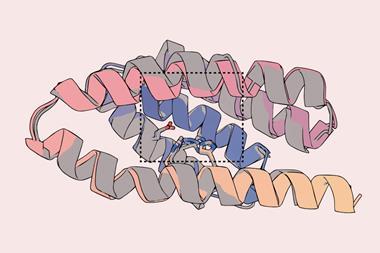

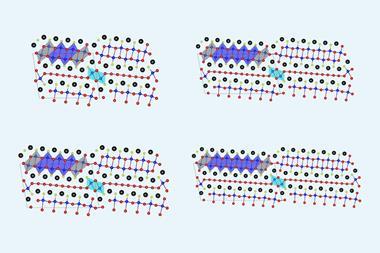
No comments yet